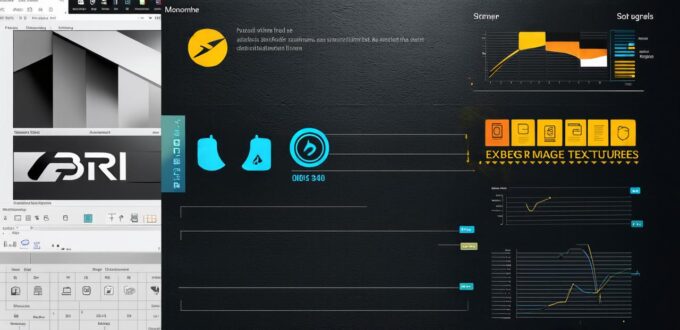Software is an integral part of our daily lives. From the applications on our smartphones to the tools we use at work, software has revolutionized the way we interact with technology.
However, despite its widespread usage, many people are still unsure about the different types of software and their roles in society. In this comprehensive guide, we will explore the three main categories of software: Operating Systems, Applications, and Middleware. We will delve into each category’s definition, features, and benefits, as well as real-life examples to help you better understand these concepts.
Operating Systems: The Foundation of Software
An operating system (OS) is a software program that manages computer hardware and provides common services for computer programs. It serves as the foundation for all other software and is responsible for allocating resources, managing processes, and providing a user interface.
Operating systems can be divided into two categories: monolithic and microkernel. A monolithic operating system has all its components integrated into a single kernel, while a microkernel operating system separates the operating system into smaller modules that communicate with each other through interfaces.
Some of the most popular operating systems include Windows, macOS, Linux, iOS, and Android. Each operating system has its unique features and benefits, such as security, stability, flexibility, and user-friendliness.
For example, Linux is an open-source operating system that is widely used for servers, web development, and desktop computers. It offers a high level of customization and flexibility, making it popular among developers and businesses alike.
On the other hand, iOS and Android are mobile operating systems that are designed specifically for smartphones and tablets. They offer a seamless user experience and a wide range of applications, making them the most popular choice for mobile devices.
Applications: The Tools That Make Our Lives Easier
An application is a software program that performs specific tasks or functions for users. It can be installed on an operating system or run through a web browser and is designed to interact with users, providing them with the tools they need to accomplish their goals.
Applications can be divided into two categories: desktop and mobile. Desktop applications are software programs that are installed on a computer and run natively, while mobile applications are software programs that are designed for smartphones and tablets and are typically downloaded through app stores.
Some of the most popular applications include Microsoft Office (for productivity), Photoshop (for graphic design), and Google Chrome (for web browsing). Each application has its unique features and benefits, such as efficiency, accuracy, and creativity.
For example, Photoshop is a powerful image editing software that allows users to manipulate images, create graphics, and retouch photographs. It offers a wide range of tools and effects that can be customized to suit individual preferences and needs, making it an essential tool for graphic designers and photographers alike.
Middleware: The Intermediary Between Operating Systems and Applications
Middleware is software that acts as an intermediary between operating systems and applications, providing a platform for communication and data exchange. It enables different software programs to interact with each other, regardless of their underlying technology or programming language.
Middleware can be divided into two categories: application middleware and enterprise middleware. Application middleware is software that facilitates communication between applications running on the same operating system, while enterprise middleware is software that integrates multiple systems and applications across different platforms and operating systems.
Some of the most popular middleware include Java Enterprise Edition (for enterprise applications), Apache Tomcat (for web applications), and Microsoft Message Queuing Telemetry Transport (for messaging and notifications). Each middleware has its unique features and benefits, such as scalability, reliability, and interoperability.
For example, Apache Tomcat is an open-source web application server that can run Java web applications. It offers high performance, security, and flexibility, making it a popular choice for web developers and businesses alike.

Case Studies: Real-Life Examples of Software Categories in Action
To help you better understand the three main categories of software and their roles in society, let’s look at some real-life examples:
Operating System Example: Windows 10
Windows 10 is a popular operating system that is used by millions of people around the world. It offers a user-friendly interface, high security features, and compatibility with a wide range of hardware and software. Some of the key features of Windows 10 include Cortana (a virtual assistant), Continuum (a feature that allows users to switch between tablet and desktop modes), and Virtual Desktops (a feature that allows users to organize their windows into multiple workspaces).
